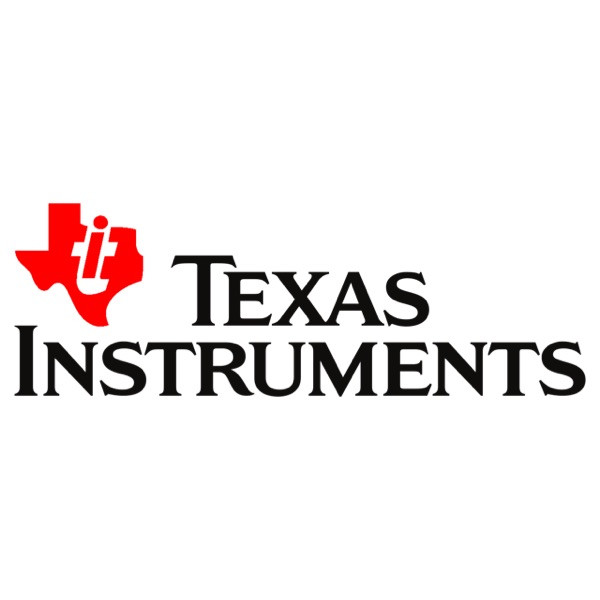Single-ended-to-differential amplifiers can directly interface with sensors
01-05-2020 | Texas Instruments | Power
Texas Instruments OPA862 Single-Ended-to-Differential Amplifiers are created with high input impedance for directly interfacing with sensors. The device uses only 3.1mA quiescent current for an output-referred noise density of 8.3nV/√Hz in a gain of 2V/V configuration. A fully differential amplifier configured in a gain of 1V/V with 1kOhm resistors must be less than 1nV/√Hz to produce the device equivalent output-referred noise density of 8.3nV/√Hz.
Using external resistors, the amplifier can be configured for other gains. The amplifiers provide a large gain-bandwidth of 400MHz and a slew rate of 140V/µs. This provides for excellent linearity and fast-settling, 18-bit performance over similar single-ended-to-differential ADC drivers. The amps incorporate a reference input pin for setting the output common-mode voltage.
The device is fully characterised to function over a broad supply range of 3V to 12.6V and gives a rail-to-rail output stage. The amp is fabricated employing the company's proprietary, high-speed, SiGe process and delivers exceptional distortion performance for 18-bit systems. A further feature incorporated on the device is a disable mode that uses only 12µA quiescent current in the power-down state.
The Single-Ended-to-Differential Amplifiers are rated to work over the extended industrial temperature range of –40C to +125C.
Typical applications include 16-bit and 18-bit ADC drivers, memory and LCD testers, DAQ, test and measurement, TIA, class-D audio amplifier drivers, piezoelectric sensor interface, and medical instrumentation.
By Natasha Shek

OPA862

